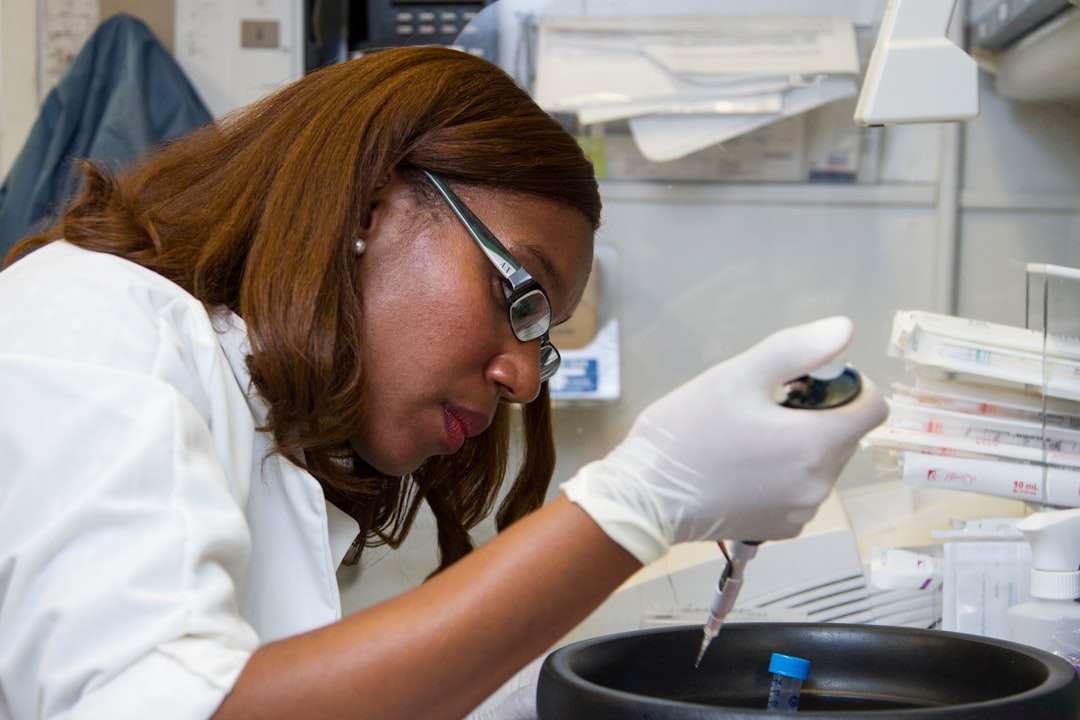What is it about?
Abstract Aim: To estimate the prevalence of pseudoexfoliation syndrome and analyze it’s association with certain ocular diseases in patients attending ophthalmology department at Jordan University Hospital. Methods: In this hospital based study a total number of 1195 consecutive patients aged 40 to 90 years attending ophthalmology department at Jordan University Hospital between December 2005 and March 2007 were included in the study. Each subject underwent a complete ophthalmic evaluation, including relevant history, visual acuity testing, slit lamp examination, applanation tonometry, gonioscopy and dilated fundus exam Patients were labeled as having pseudoexfoliation syndrome based on the presence of typical pseudoexfoliative material on the iris surface or anterior lens surface in either eye during slit lamp examination. Results: Out of the 1195 patients included in the study, 9.1% were found to have pseudoexfoliation with mean age of 68.3 years (SD = 9.57). The prevalence of pseudoexfoliation was found to be equal in the two age group (60-69) and (70-79) years. Of the 109 pseudoexfoliation patients, 45% were males and 55% were females. Pseudoexfoliation was bilateral in 65.7% of cases. Of the eyes with pseudoexfoliation, 92.1% had cataract, 33.1% had glaucoma and 7.9% had phacodenesis. Conclusion: Our hospital-based study showed that the prevalence of pseudoexfoliation was 9.1%. With a significant increase in prevalence with age but had no sex predilection.
Featured Image
Read the Original
This page is a summary of: Pseudoexfoliation syndrome at Jordan University Hospital, Acta Ophthalmologica, August 2008, Wiley,
DOI: 10.1111/j.1755-3768.2008.01258.x.
You can read the full text:
Contributors
The following have contributed to this page










